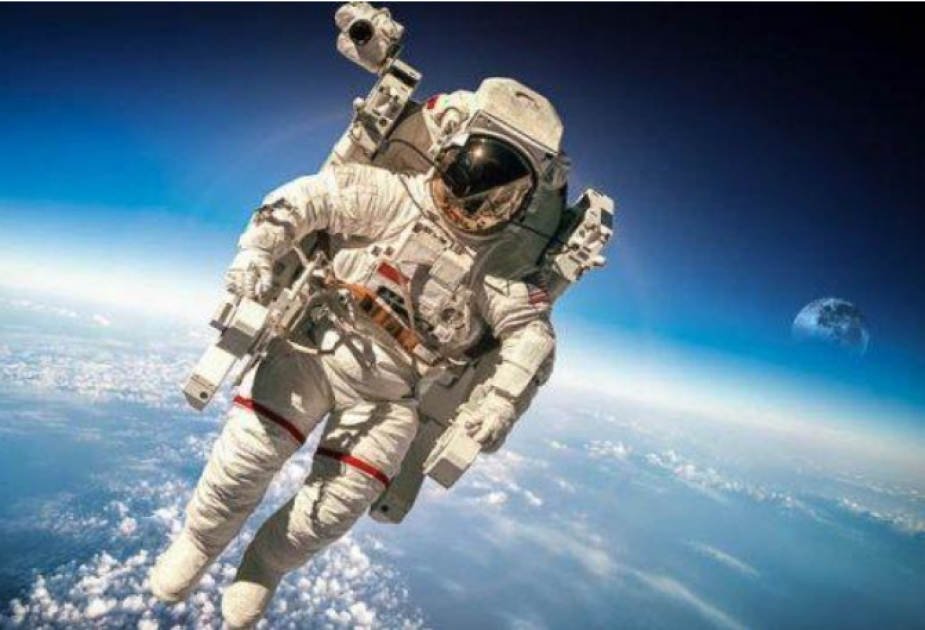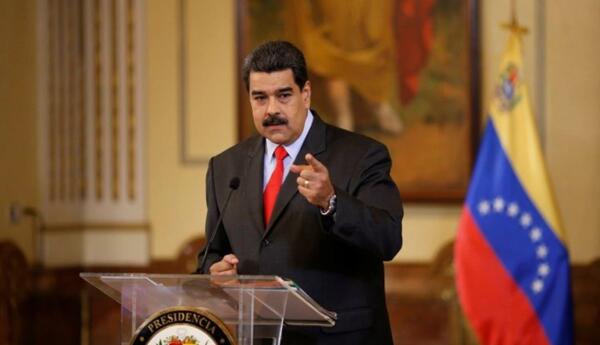SpaceX launches Polaris Dawn crew on daring excursion into Earth’s radiation belts
SpaceX’s latest mission — a bold and risky trek into Earth’s Van Allen radiation belts by a four-person crew of civilians who will also aim to conduct the first commercial spacewalk — just took flight, according to CNN.
The mission, dubbed Polaris Dawn, lifted off at 5:23 a.m. ET.
SpaceX livestreamed the event on X, the social media platform formerly known as Twitter that SpaceX CEO Elon Musk purchased in 2022.
As the capsule entered Earth’s orbit, ground controllers, led by SpaceX launch director Frank Messina, offered words of encouragement to the Polaris Dawn crew, which includes the first SpaceX employees ever to venture to space.
“As you gaze towards the North Star, remember that your courage lights the path for future explorers. We trust your skills, your bravery, and your teamwork to carry out the mission that lies ahead,” they said. “Know that the entire team back here is with you every step, watching, supporting and cheering you on as you walk into space. We’re sending you hugs from the ground.”
This launch comes after several weather delays in late August and earlier in the morning on Tuesday hampered the Polaris Dawn crew’s efforts to get off the ground.
Further complicating launch prospects was the fact that SpaceX didn’t just need clear weather for the mission to take off — it needed to ensure there are calm waters and winds as the crew will return from space after a five-day excursion. Timing their return could be critical. Because carrying out a spacewalk will create a drain on oxygen supplies, the Polaris Dawn mission will have only enough life support for five or six days in space.
After the countdown clock struck zero, SpaceX’s Falcon 9 rocket roared to life, sending a blinding blaze and deafening blast across the launch site at NASA’s Kennedy Space Center in Florida.
The crew rode atop the rocket, strapped inside an igloo-shaped SpaceX Crew Dragon capsule, which measures about 13 feet (4 meters) across at its base, as the rocket tore away from the grips of Earth’s gravity.
After firing for 2 ½ minutes, the bottommost part of the Falcon 9 rocket — called the first stage — spent most of its fuel. At that point, the first stage detached from the rocket’s second stage as the upper portion fired up its engine and continued propelling the Crew Dragon spacecraft to faster speeds.
Meanwhile, the first stage of the Falcon 9 guided itself back to Earth to land on a seafaring platform so it could be refurbished and used again on future missions. That’s a signature SpaceX move that the company said helps reduce the cost of rocket launches.
To enter Earth’s orbit, the Falcon 9 rocket hit more than 17,000 miles per hour (27,358 kilometers per hour), or “orbital velocity.” When it reached the desired speed, the Crew Dragon broke away, navigating the vacuum of space using only its onboard thrusters for the remainder of the mission.
Bütün xəbərlər Facebook səhifəmizdə































 USD
USD
 EUR
EUR GBP
GBP RUB
RUB